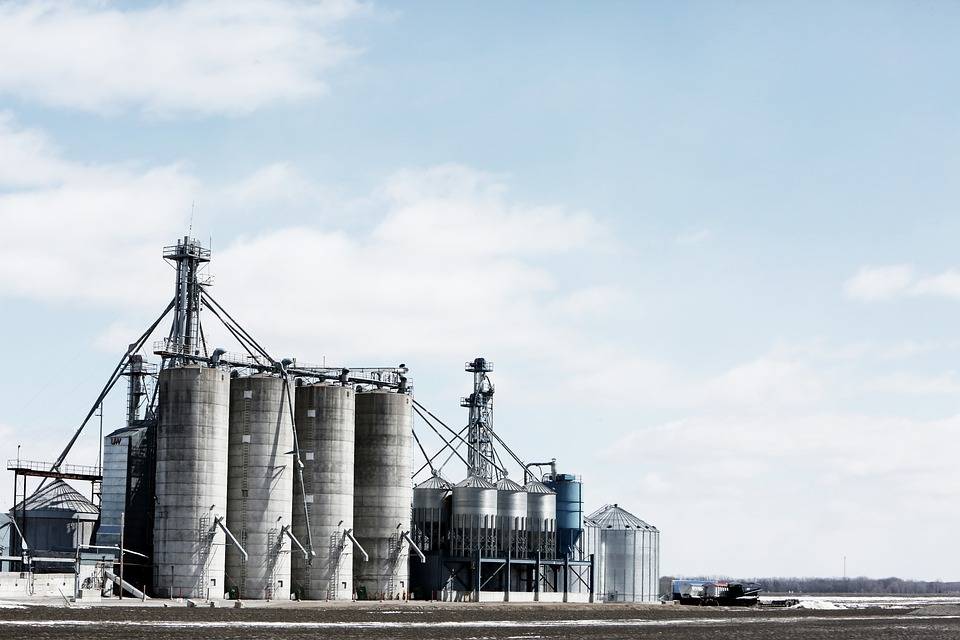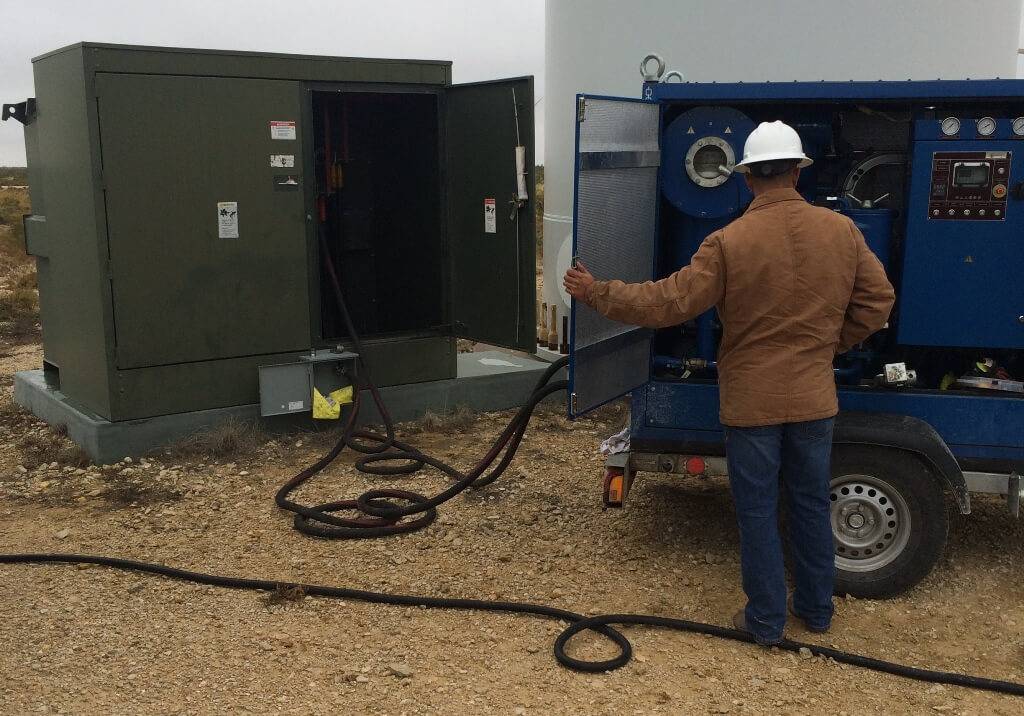Depressant-Dispersion Additives. The low temperature properties of diesel fuel have always been a focus of the oil refining industry and motorists alike. They are especially important in cold climates, where the demand for arctic and winter diesel fuel is high.
The main method of adjusting low temperature properties of diesel is the use of special depressor and depressor-dispersion additives. This approach is considered the most economical, and it increases oil processing efficiency and flexibility.
Traditional pour point depressor additives reduce the pour point and the filter point of diesel. In most cases, these additives are injected into fuel at refineries. However, the end used can also use depressors to improve fuel quality.
The development of depressor additives for fuel began forty years ago, while the same additives for oil were first developed 80 years ago. So why did they come into use relatively late? The main reason is that these additives do reduce the pour point, but have little effect on cloud point. For a long time, the latter was considered the main parameter of diesel usability in the cold seasons. Depressor additives do not prevent formation of initial n-alkane crystals, but limit their growth. The fact that filtration temperature is the main parameter for the use of diesel fuel in winter became the beginning of active development of depressor additives.
At this time, the most commonly used depressors are:
- ethylene copolymers with polar monomers (ethylene polymer with vinyl acetate, ethylene copolymer with acrylic acid ether);
- alkyl methacrylate and polyalkyl methacrylate copolymers;
- polyolefin type copolymers (ethylene-propylene and ethylene-propylene-diene copolymers and the products of their destruction, α-olefin copolymers and modified polyolefins);
- maleic anhydride copolymers;
- polymers of vinyl acetate with fumaric acid;
- aromatic hydrocarbon copolymers, which consist of two or three monomeres;
- non-polymer chemicals (alkyl naphthalene; polyacid ethers and alcohols, amides containing long alkyles).
Most depressor additives are polymers of ethylene with vinyl acetate.
In long storage, small crystals precipitate in diesel fuel. The fuel then consists of two visible layers: clear at the top and clouded at the bottom. It is at the bottom where small paraffin crystals deposit. Both layers are quite fluid, but taking fuel from the top layer does significantly complicate engine start and running, while taking fuel from the bottom layer means the engine will not start at all.
Pour point depressors cannot prevent fuel stratification, so dispersing additives are also used. This is a relatively new type of additive, first introduced by Exxon Chem in 1989. Disperser additives prevent fuel stratification in cold storage. Good paraffin dispersers are high molecular amides and imides of carboxylic acids, quaternary ammonium salts and polyalkylene polyamine type amines.
A depressor-dispersion additive is a mix of components each improving a certain aspect of the fuel. Thus, the depressor determines the filtration and cloud point, the disperser prevent flocculation of paraffins at low temperatures, preserving fuel stability. Therefore, a depressor-disperser additive has two functions:
- improvement of diesel fuel cold performance;
- improvement of diesel stability at low temperature.
A specific additive is selected for each specific fuel type. This is the only way to mutually amplify the performance of each component.
A basic criteria for the efficiency of a depressor-disperser additive is the sedimentation stability of fuel at temperatures below the cloud point.


